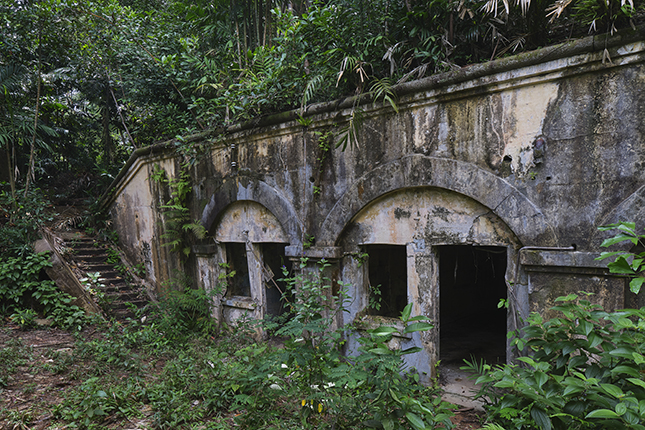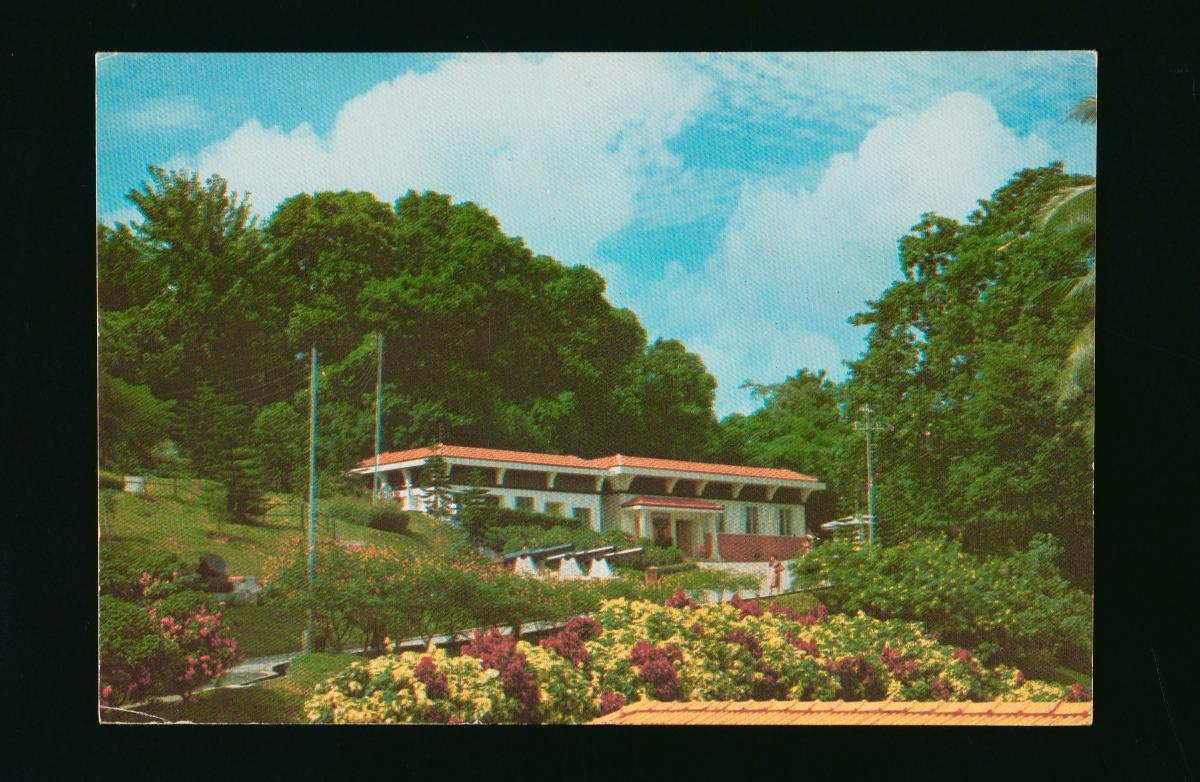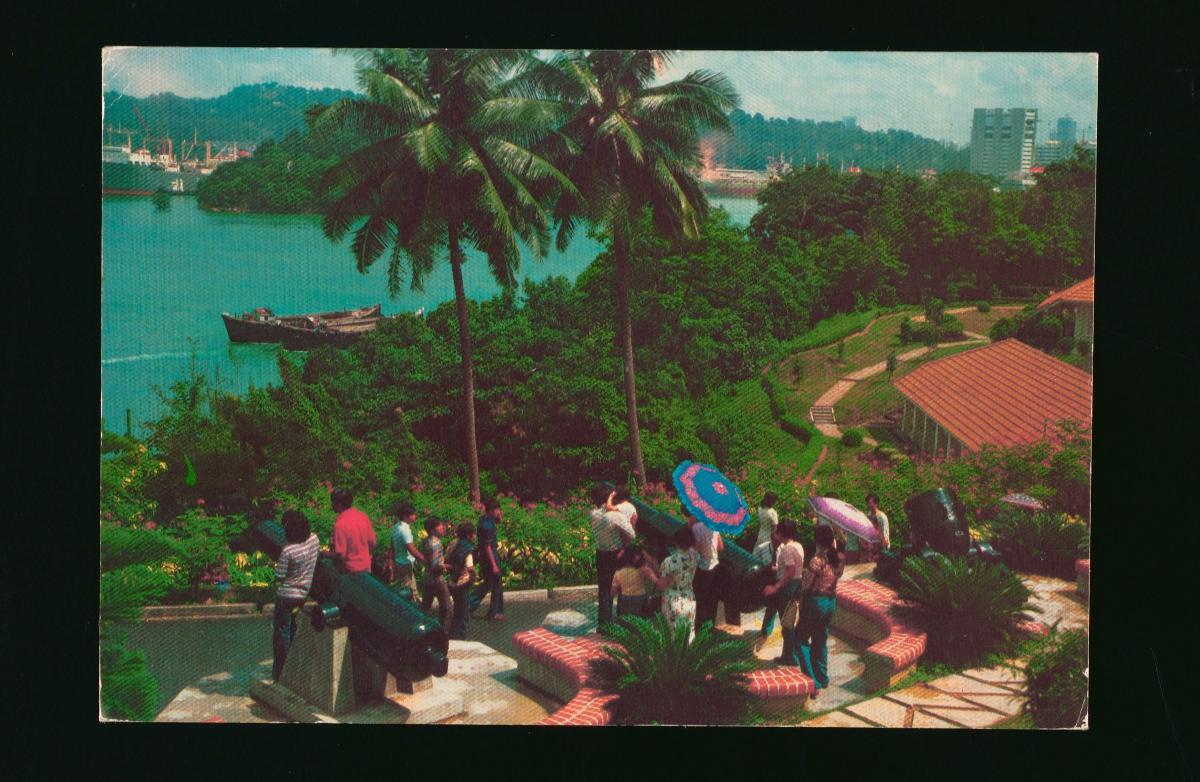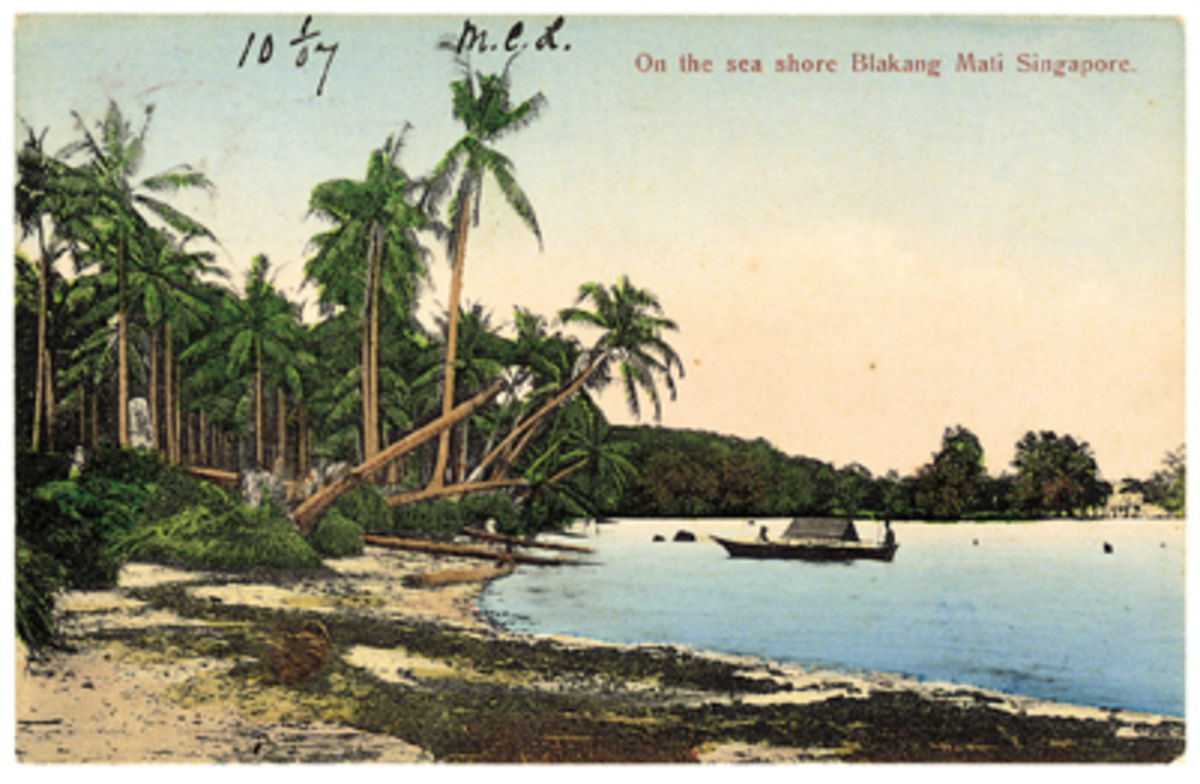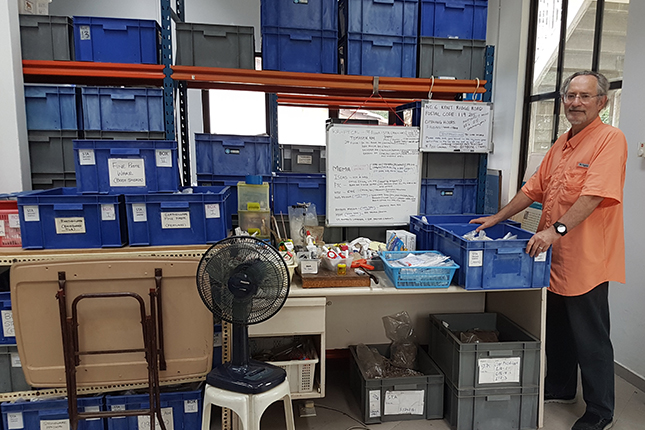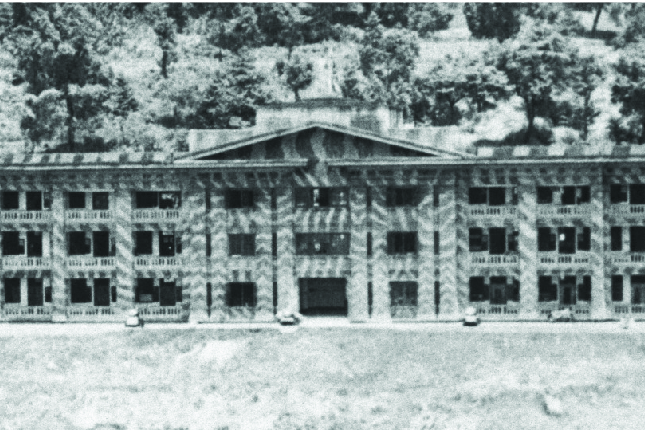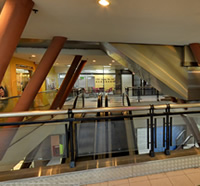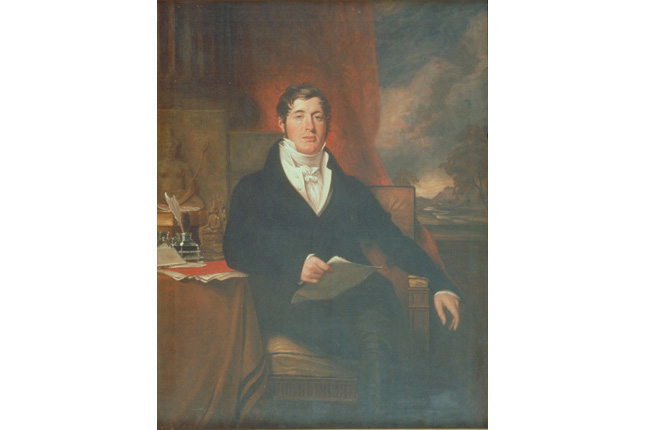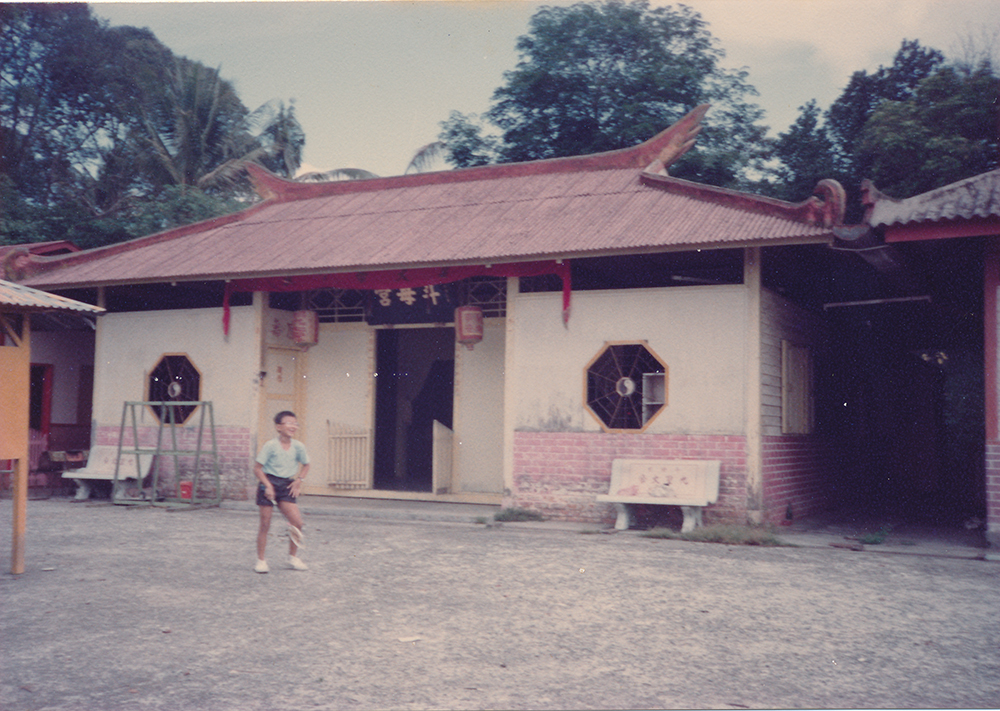From the early 19th century, the hills of Siloso and Serapong, standing watch over the western and eastern approaches to Singapore respectively, had been identified as suitable sites for military fortifications. Mount Serapong was also the highest point on Blakang Mati, reaching 92 metres at its summit. In the early 1880s, the British War Office approved a new battery on Serapong, which became operational in 1887.
During World War II, Serapong Spur Battery was bombed by the Japanese in January 1942 and one of its 6-inch guns was damaged. The battery was manned at the time by gunners of the Hong Kong and Singapore Royal Artillery, but its war diaries did not record any firing on Japanese targets, unlike the batteries of Siloso and Connaught. Over the last two days before capitulating to the Japanese on 15 February, British engineers destroyed the battery and its guns.
In 1946, after World War II and the return of the British, Keppel Fire Command was based at Mount Serapong. This Fire Command controlled the battery of Fort Siloso and guns at Batu Berlayar and Berhala Reping, and a fire control radar was also installed on the hill. A four-gun 25-pounder Saluting Battery, used for ceremonial gun salutes, was also built over the former No. 2 Gun emplacement in 1950. Like the other batteries on Blakang Mati, Serapong’s guns became non-operational after the British military ended its use of fixed coastal artillery defences in 1956. The final instance of military use of Mount Serapong occurred in the 1960s during the military conflict of Konfrontasi, when two mobile radar stations were installed here.
Learn more about the guns and history of Fort Serapong through information boards here, but please do not stray off the road as public access to forested areas and some structures is restricted. If you would like to explore these structures, please visit go.gov.sg/sentosanature for more information.
Explore the Suggested Short Trail Routes:
-
Kampong and Barracks, 2 hours with public transport, 3km
-
Forts, 2 hours on foot, 4km
-
Memories of Sentosa, 1 hour on foot, 2.5km




